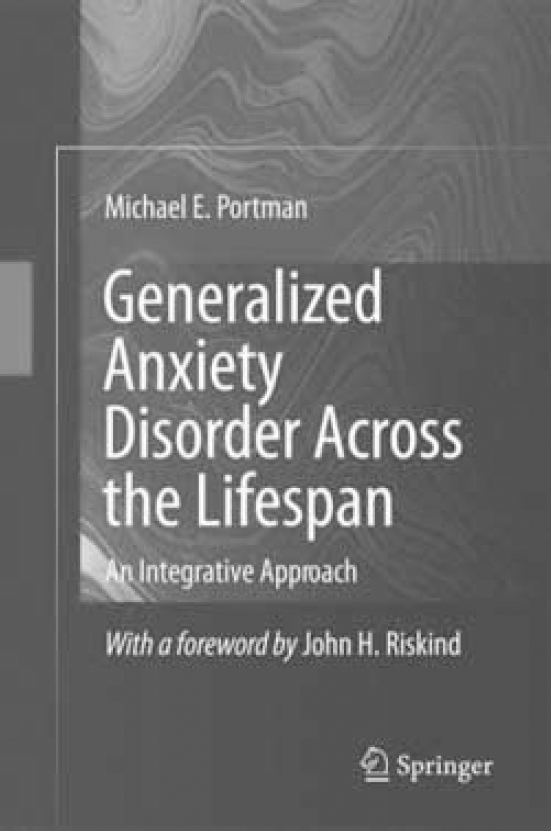
For me, treating women with addiction problems raises many questions. This book answers some, but not all of them. To start with, it confirms that women have higher rates of comorbid problems, with past trauma (especially sexual abuse), eating disorders, borderline personality disorder and other common mental disorders. Further, it reviews treatment strategies for all of these, such as various manualised cognitive–behavioural strategies and dialectical behaviour therapy. Many authors discuss the lower numbers of men in treatment than women and pose various reasons for it.
The chapter ‘Women, girls and alcohol’ reviews evidence for ‘convergence’, or women's drinking catching up with that of men, and ‘telescoping’, or how in women the time from initiating drinking to dependence is shorter than in men. Prescription drug misuse, a growing problem in UK clinical practice, is also discussed. It is the one area of substance misuse where problems are as common in women as they are in men and it is frequently associated with dual diagnoses and chronic pain. Disappointingly, however, there is little on new treatment strategies and nothing at all on benzodiazepine misuse. The chapter dealing with pregnancy emphasises alcohol as the most important and most common teratogenic substance and it also discusses methadone as the treatment of choice in opiate users. The authors specifically state that the UK practice of detoxification from opiates in pregnancy is not supported by the evidence and is associated with high levels of relapse and complications of pregnancy.
The detailed section on biological issues in women explains the current state of knowledge on the neuroendocrine, genetic, pharmacokinetic and pharmacodynamic aspects of addiction as applied to women. This is rarely addressed in such detail in other texts and is probably the book's most useful section.
In general, the epidemiology applies to US populations and is therefore less relevant to UK readers. The chapter on ethnicity serves as a reminder of the importance of putting substance misuse into its historical, social, ethnic and cultural context but the detail is based on US ethnic groups. The legal chapter reviews the fascinating story of the approach to prosecution of drug-using pregnant women and compulsory drug testing in some US states and is more hopeful about the family drug courts model.
The book is a reminder of the importance of addressing the specific problems of women, but because of its US focus it does not help the UK reader with issues such as organising services.



eLetters
No eLetters have been published for this article.